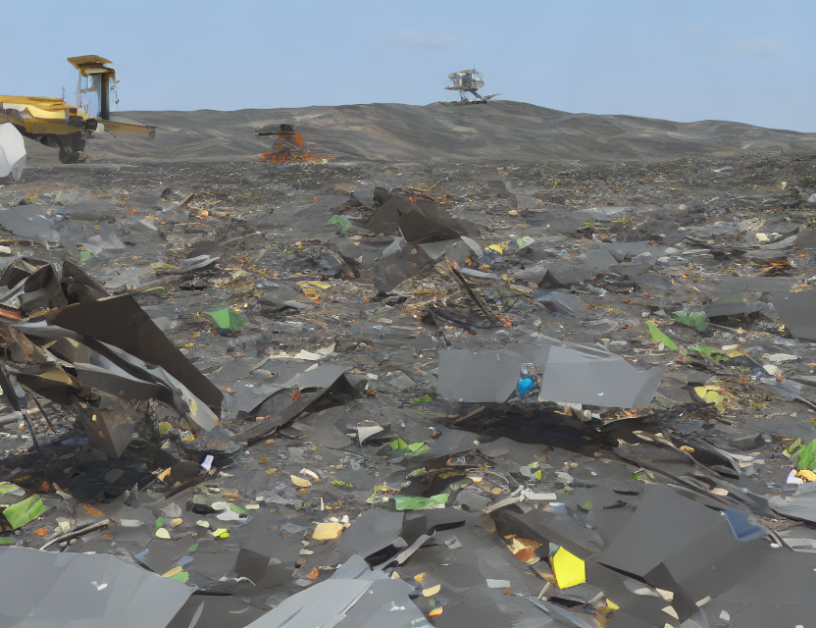The article begins by explaining the challenges of working with complex ROS graphs, which can contain many nodes from well-tested libraries, making it difficult to create a comprehensive system model. The authors propose a solution based on a heuristic approach that involves abstracting the ROS graph into a more manageable system model while still capturing the essential details of the original system.
The article then delves into the specifics of the heuristic approach, which consists of two steps: distilling the ROS graph and defining node contracts. The first step involves simplifying the complex ROS graph by removing unnecessary nodes and links, while still maintaining the essential connections between nodes. The second step involves writing contracts for each node in a logical language called RCL, which is based on first-order logic with quantifiers and logical connectives.
The authors provide an example application of this heuristic approach using a smart home system as a case study. They demonstrate how the proposed method can be used to create a more manageable system model that can be used for verification, while still capturing the essential details of the original system.
In conclusion, the article presents a novel approach to simplifying complex ROS graphs for verifying smart home systems using first-order logic contracts. The proposed heuristic method involves distilling the ROS graph into a simpler system model and defining node contracts in RCL, which can be used for verification while still capturing the essential details of the original system. The authors demonstrate the effectiveness of their approach through an example application, showing that it can be used to create a more manageable system model that can be used for verification.
Computer Science, Logic in Computer Science
Verifying Autonomous Grasping for Debris Removal



